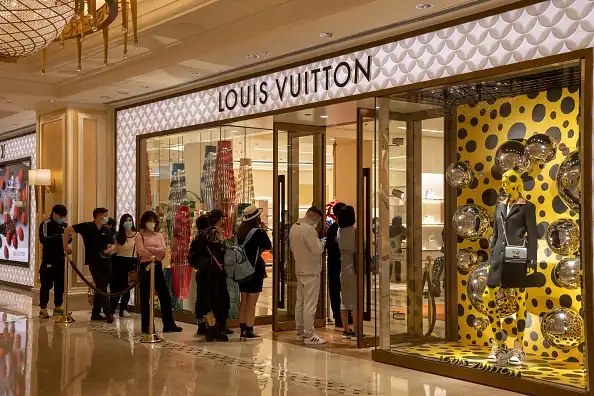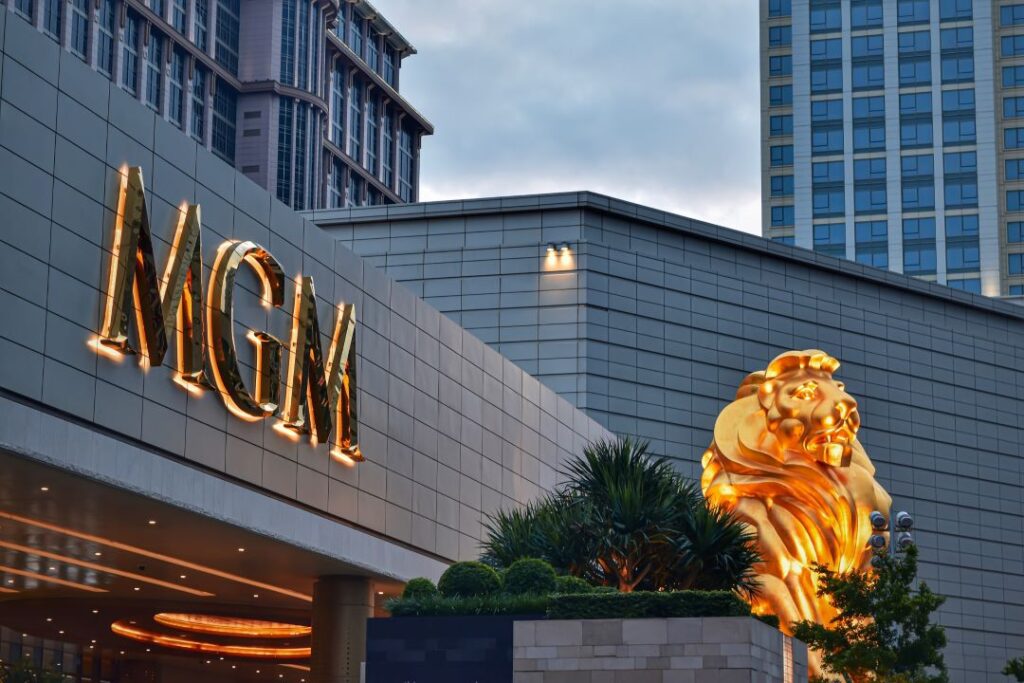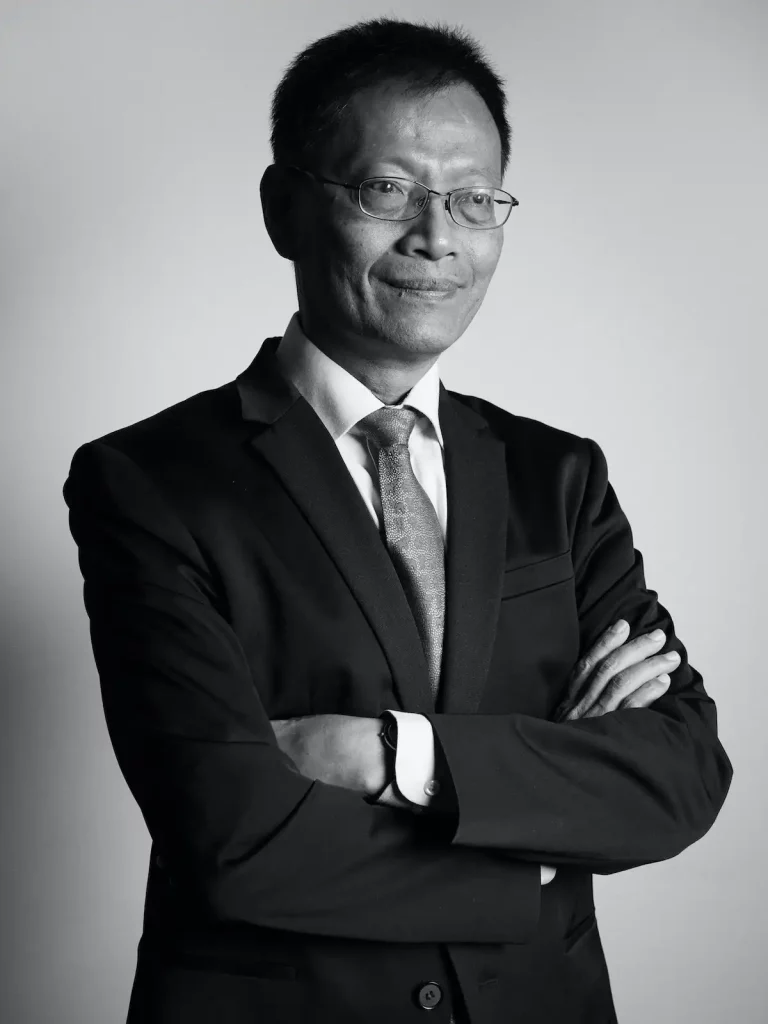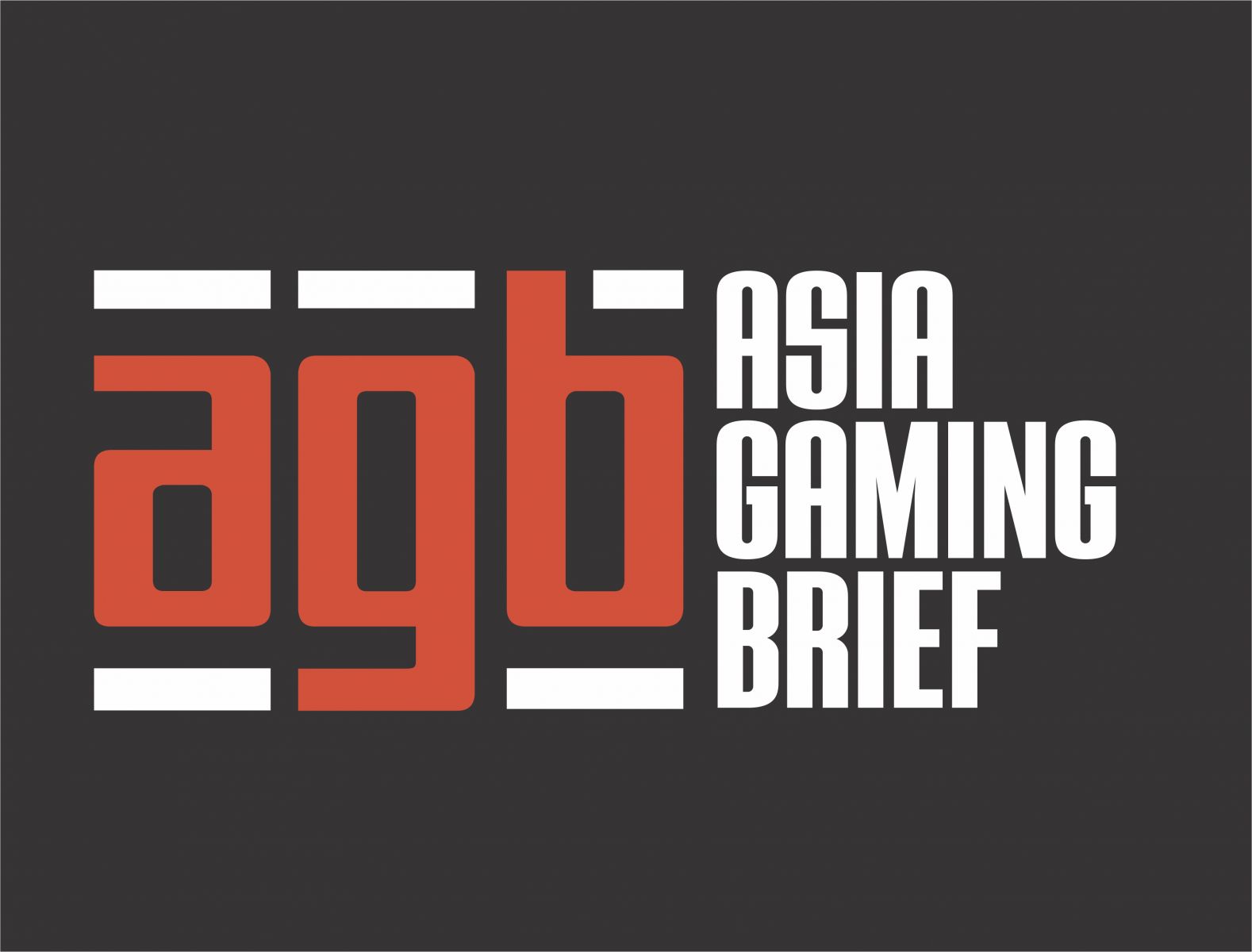Gaming operators in Macau are pulling out all the stops to get customers, with their player reinvestment (PRI) schemes, effectively comping, reaching stunning figures as each vies for market share.
In this week’s Under the Scope, expert Ben Lee notes that the process isn’t new, but that different operators choose different ways to mask their programs, with reinvestment heavily weighted towards the whales.
At the top of the reinvestment ranking are Melco and MGM, notes Lee, stating that their PRI could reach somewhere between 35 and 40 percent of revenue. And no cap on the PRI has actually been set up by operators.
But some players know the game too well, getting the most out of their comps while spending little time in the casino. However, casino operators are loath to slash any free offers as one visit could totally recompense any prior losses.
And now that junkets are out of the scenario – operators have different ways to sweeten the honey pot, with lines of credit accompanying PRI options.
Speaking of repeat customers, Lee notes that “the gaming experience is more or less the same with minor variations and if you’re a regular, jaded customer, who has been to all the casinos, it becomes the same after a while. The only thing that will appeal to you to go from one casino to another is how much they’re going to give you or whether they’re going to give you credit to play with”.
Penthouse suites, luxury handbags, luggage, Michelin-starred restaurants – all make up a pretty package, but oftentimes the final lure of chips in hand is higher.



“The more frequent the use of credit, the riskier the bottom line will be for that particular operator, whereas PRI is guaranteed, you get the money now despite the margins are low”.
Gaming operators effectively charge themselves for the PRI that they provide to customers, with different schemes in order to keep overall PRI figures lower than they could appear.
Lee notes that oftentimes, the weighting of PRI is tipped heavily towards the high-spending clients, slowly trailing off as it reaches the lower echelons – those more prone towards free meal tickets and small retail options.
But especially as Macau has emerged from COVID and is trying to maximize the fact that Chinese outbound tourism hasn’t reached anywhere near pre-pandemic levels – with Macau being the top gaming destination, operators are fighting for market share, potentially at unsustainable levels.
“If they feel that their market volume is not enough to sustain them, then they will move, creating rising competition. It will get to the point where there is no margin in it for everybody,” notes Lee.
The IGamiX Managing Partner points out that Macau has been through its fair share of pricing wars, with Macau’s legendary gambling king Stanley Ho using revenue-sharing schemes to increase commissions to players and junkets, eventually escalating the competition to the point where the government intervened to cap commissions at 1.25 percent of the rolling chip.

MGM has emerged as the top company regarding recent growth, largely in part due to its credit offerings, notes the expert, a situation which could lead to potential complications when it’s time to collect (unless punters have collateral outside of China, such as in Hong Kong).
But bad debts take time to truly reach the balance sheets, as rolling chips do just that – they roll over, meaning that unpaid lines of credit can be kept on the books for up to five years before becoming bad debts.
The idea: maintain the debts rolling until the revenue uptick can compensate for the losses, and everybody’s happy.
RPI effectively substitutes, and most times accompanies, credit offerings, and it’s on the rise.
“The industry standard used to be 15 percent 10 years ago, but some had pushed theirs up to about 25 percent.”
Ben Lee
This was particularly prevalent, especially depending on the operator, in the internal battles between the International Marketing departments and mass over the same clients. Some IM executives complained that their players were being lured to mass with higher PRI than IM was able to offer. “One casino analyst even noted that the actual PRI was closer to 50 percent, after they worked out how the operator had selectively reclassified the funds”.
While comping should in theory follow market rates, especially as the operator is effectively charging itself, concessionaires can define these rates – choosing to increase or lower their PRI depending on how much each comped element costs – such as hotel rooms which would normally cost MOP1,500 ($180) being charged as MOP800 ($100).
In addition, entertainment items – such as Hennessey tastings – can be charged as corporate entertainment expenses, instead of being charged to the punters’ accounts, lowering the on-paper PRI.
All of the above calls into question exactly how exactly operators are calculating their non-gaming spend, how much they’re truly giving out-of-pocket to their primary clients and how far these incentive programs can go before they become economically unsustainable.
That being said, PRI is totally essential, it just needs to be more transparent for investors to truly know where the money’s going.












